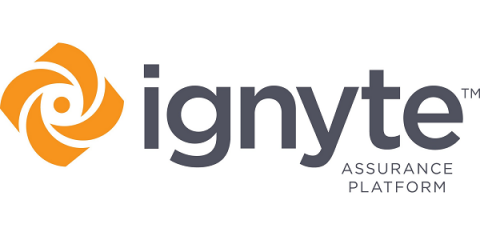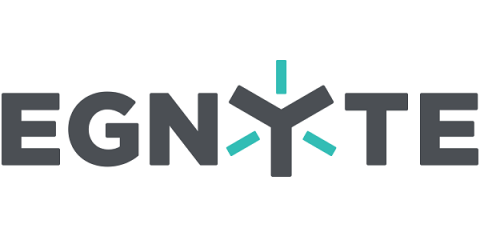Web Hosting Security Best Practices
If you’ve been online recently, you may have read the news about hackers demanding a ransom from Dublin’s tram system. Visitors to the Luas website were greeted by the hackers’ message threatening to publish the stolen information unless they were paid one Bitcoin (approximately 3,300 Euros or US $3,800). While the message itself appeared to be harmless, the fact is that the hackers could just as easily have used the domain to spread malware or phishing attempts.







